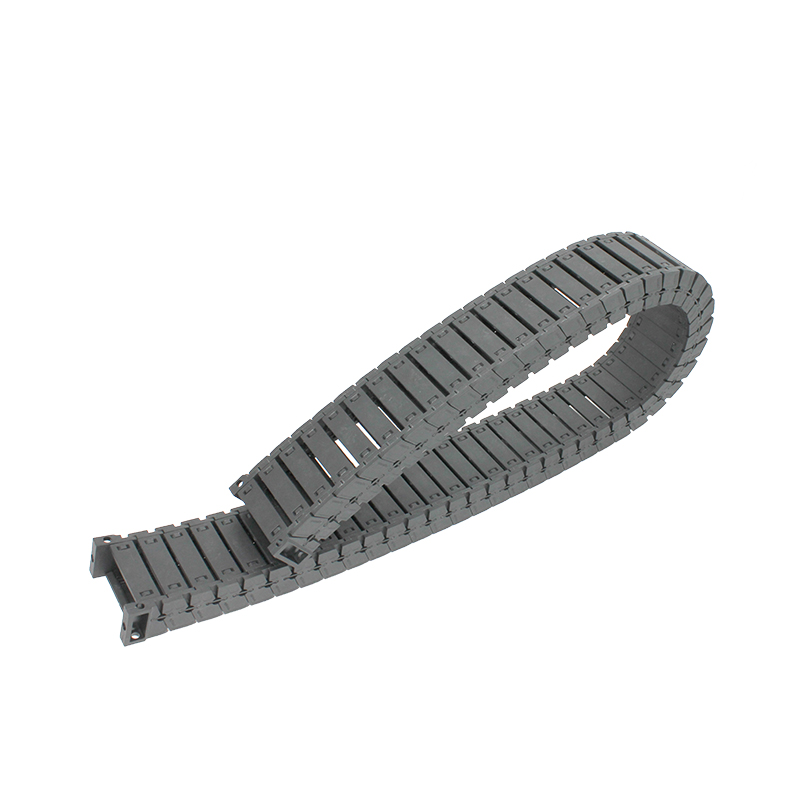cable carrier systems
Cable Carrier Systems An Overview
In the modern industrial landscape, efficient management and organization of power and control cables are crucial for maintaining seamless operations. This necessity has given rise to cable carrier systems, also known as cable track systems or drag chains. These systems are designed to protect and guide cables in a variety of settings, from assembly lines to robotics and automated machinery. This article provides an overview of cable carrier systems, their benefits, types, and considerations for their implementation.
What are Cable Carrier Systems?
Cable carrier systems are modular structures that support and route flexible cables and hoses. They consist of interconnected links that form an enclosed or open track, allowing cables to move freely while reducing the risk of wear due to friction or bending. Various applications, including CNC machines, conveyor systems, and automated handling equipment, can greatly benefit from these systems as they enhance flexibility, efficiency, and equipment integrity.
Types of Cable Carrier Systems
Cable carrier systems come in various designs suited to different applications. Here are some of the most common types
1. Open Cable Carriers These have an open design that allows for easy access to the cables inside. They are ideal for applications where frequent cable maintenance or replacement is required.
2. Closed Cable Carriers These carriers encase the cables within a protective enclosure, offering greater protection against dust, dirt, and mechanical damage. This type is particularly useful in harsher environments.
3. Heavy-Duty Cable Carriers Sealed and made of robust materials, heavy-duty carriers are designed to handle substantial loads and are often used in industries such as automotive manufacturing and material handling.
4. Compact Cable Carriers These systems are built for tight spaces and are designed to maximize cable protection while minimizing the amount of space required. They are perfect for small machinery or environments where space is a constraint.
5. Energy Chains Specifically designed for high-speed applications, energy chains feature additional components to manage dynamic loads, making them suitable for robotics and automated systems, where swift movement is critical.
Benefits of Cable Carrier Systems
Investing in cable carrier systems brings several advantages, including
cable carrier systems

2. Organization By keeping cables organized and separated, these systems help prevent tangling and tangles, reducing the risk of accidental disconnections or failures.
3. Flexibility and Mobility Cable carriers enhance the mobility of equipment, allowing for smooth, unrestricted movement. This flexibility is essential in applications involving rotating or moving parts.
4. Increased Safety By containing and guiding cables, these systems minimize trip hazards and accidental damage to wires, contributing to a safer work environment.
5. Improved Efficiency With organized cable routing, maintenance becomes easier and quicker, leading to reduced downtime and increased operational efficiency.
Considerations for Implementation
When selecting a cable carrier system, several factors should be considered
1. Application Requirements The specific operational environment, load capacities, and movement ranges must be assessed to choose the right type of carrier.
2. Cable Type and Size Different cables have various diameter sizes and flexibility levels. The carrier must accommodate these specifications to ensure compatibility.
3. Environmental Conditions Factors such as exposure to chemicals, dust, moisture, and temperature should influence the choice of materials for the cable carrier system.
4. Dynamic Movements Analyzing the extent and frequency of movements will help determine whether a standard or high-performance cable carrier system is required.
5. Budget Constraints While quality systems can be an investment, it’s essential to balance costs with the expected long-term benefits and savings from reduced maintenance and downtime.
Conclusion
Cable carrier systems play a pivotal role in enhancing efficiency and safety in various industrial applications. By choosing the right system for specific needs, organizations can protect their investments in electrical and control systems, streamline operations, and maintain productive work environments. The evolution of cable carrier technology continues to adapt to the changing demands of modern industries, ensuring that these systems will remain vital for years to come. As industries increasingly focus on automation and sophisticated machinery, the importance of reliable and efficient cable management solutions will only grow further.








